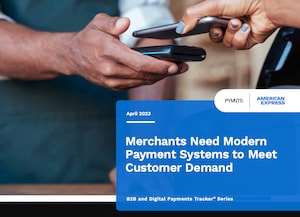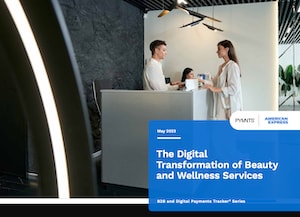May 03, 2021
How Mapping Your Customer Journey Can Boost Your Revenue

Looking for ways to boost revenue? Consider creating a customer journey map. Knowing all the ways a customer experiences your brand can help you learn how best to connect with them, offer them more support and improve your business processes.
At my full-service branding and marketing agency Tote + Pears, customer journey maps are an important tool in our toolkit. We use them to help our clients understand their customers’ needs, motivations and frustrations so they can build a brand experience that not only converts but keeps people coming back.
What Is a Customer Journey?
A customer journey comprises the steps a person takes as they interact with your brand—from their first encounter to their initial purchase and beyond. A customer journey map documents that interaction.
We use these maps at my agency to help our clients create strategies (brand, product and marketing); build products and services; and train their sales, operations and support teams.
How Does Mapping Your Customer Journey Boost Revenue?
Mapping your customer journey can help increase revenue as it can help expose opportunities to service your customers in a variety of effective, authentic and new ways.
1. Convert more leads into customers.
A few years ago, Tote + Pears worked with a company that was struggling to acquire new customers. Their company website saw plenty of traffic, but they were losing those leads along the way.
After mapping out their customer journey, we were able to explain why: Most of the company’s website visitors were using a mobile device, and their website wasn’t mobile optimized. That meant their potential customers couldn’t navigate their site, let alone make a purchase.
Analyzing the customer journey map is like walking in your customers’ shoes. It can highlight areas where you can meet your customers’ needs and give you a chance to make a positive impression.
Once we had documented the customer journey, we could identify the need to update the website. That one change dramatically increased the client’s revenue.
2. Create a customized experience.
In a digital world, people are inundated with information. One way to get through the noise is by creating a personalized experience. Giving your customers what they need or want at the time they need it can be the difference between a new sale or not.
A customer journey map helps you understand where your customer is when they’re connecting with you. That information can then be used to help develop personalized sales, marketing, even products and services that speak directly to your audience. For example, companies might think that by marketing a product to women you can grab the attention of all women. But women are not monolithic; women from different cultures, backgrounds and religions view things differently.
Therefore, it’s important to customize your approach to make sure your potential and existing customers feel like you have a product or service that meets their specific needs. This may mean creating customized marketing messages and assets for different segments of your audience and making sure these messages reach them at the right time.
Personalizing your customer experience can lead to better responses and conversions—and subsequently, sales.
3. Increase customer retention
Attracting new customers is expensive. If you’re looking to boost your revenue, finding ways to engage previous and existing customers can be a good place to start. That’s because your existing customers are familiar with your brand and can take less effort to convert.
Mapping your customers’ journey can help you understand where your customers are in their journey with you, so you can determine where and how best to re-engage. That helps you give your marketing team better direction on messaging that will grab and keep your audience’s attention.
4. Increase opportunities for upselling.
Another great way to boost revenue is by upselling—that is, offering an enhanced or additional product(s) to a customer at the time of sale.
When you understand your customers’ needs and where they are in their journey, you can offer them complementary products or services that they may be interested in, even if they didn’t ask for them. For example, if you sell a battery-operated product, you may want to offer batteries at checkout. Clothing retailers might suggest accessories that match an outfit. Tech companies offer tiered service packages. The options are clearer once you understand your customer.
Analyzing the customer journey map is like walking in your customers’ shoes. It can highlight areas where you can meet your customers’ needs and give you a chance to make a positive impression. Just remember, your customers are always changing, so customer journey maps need to be flexible. Making time to review your customer journey maps frequently (quarterly or even monthly) will help ensure you’re staying on top of gaps and opportunities to better serve your customers.
Putting the customer at the heart of your company is a priority for most successful businesses. Map out your customer journey so you can discover all the ways to better engage and inspire your audience and, in turn, boost your revenue.
Photo: Getty Images








